Online shopping doesn’t follow a single path. Just like there are many channels you can list your products on, there’s an abundance of ways to make an online purchase — apps, email, social media. These multiple options can be disorienting to customers if there isn’t one clear route for reaching businesses.
Enter “conversational commerce,” or businesses and buyers connecting through messaging apps. Companies today can use chatbots to instantly communicate with customers and resolve their issues on multiple platforms, such as Facebook or their online store. These round-the-clock bots use AI to infer customers’ preferences and create a valuable, individualized shopping experience.
Learning how to set up your business for conversational commerce isn’t always clear since bot technology is still developing. To help sellers out, we’ve created this guide to cover everything from defining exactly what a chatbot does to measuring your bot’s ROI.
Apply this knowledge to your online business, and you’ll be set to launch your first bot. With this new technology, your business can immediately meet customers’ wants to create a personal and helpful shopping experience.
What is a Chatbot?
A chatbot is a computer program that simulates conversation with human users to complete some sort of service.
Nordstrom’s chatbot talks with customers about what they’d like to purchase from the store. [Source]
Chatbots for ecommerce companies are typically designed to:
- Complete buyers’ purchases
- Offer buyers product recommendations
- Provide customer support
Even with this list of functions, it might be difficult to imagine how online sellers use chatbots since the technology is relatively new. Here are a few examples of how ecommerce chatbots can help businesses connect with their customers:
Staples
The office supply store uses Facebook Messenger to offer customers product suggestions based on their requests and past orders. Staples’ Facebook chatbot can also enable customers to complete their purchase from the chat.
[Source]
Sephora
Sephora’s chatbot on the bot platform Kik offers users makeup tips and makes product suggestions based on their personal quiz answers about their makeup usage. It also redirects users to the Sephora app or site to complete purchases.
[Source]
The beauty company doesn’t stop there — Sephora also has a Facebook bot called Sephora Virtual Artist. This bot allows users to see what Sephora’s products would look like on them by imposing the makeup onto the user’s selfie.
[Source]
H&M
The clothing brand H&M created a chatbot on Kik that asks users questions about their style and offers photo options for users to select. With this information, the bot creates a fashion profile of each user to make outfit suggestions and direct the user to purchasing the clothing.
[Source]
Users can also create their own outfits and browse and vote for other users’ outfits on the bot for an interactive shopping experience.
All of these brands show that chatbots are more than just computer programs in ecommerce — they’re a way to create helpful, enjoyable shopping experiences for buyers. Customers today recognize the usefulness of this technology and are ready to integrate bots into their online shopping.
Why Bother with Chatbots?
Conversational commerce isn’t just a cool-sounding concept — user research shows that buyers are more ready and willing than ever to shop online with bots. Here are a few reasons why your online business should be using a messaging app to host a bot and boost sales.
People Are Increasingly Using Messenger Apps
According to a Business Insider report, consumers have been using the main four messaging apps — Facebook Messenger, WhatsApp, WeChat, Viber — more frequently than the main four social networks — Facebook, Twitter, Instagram, and LinkedIn — since 2015.
[Source]
Using chatbots puts your business where plenty of customers are, so your brand stays visible and more buyers have purchase opportunities.
People Want to Shop with Messenger Apps
People aren’t just using messenger apps to chat with friends — they’re also excited about shopping with brands’ bots. Here are a few stats to show buyers’ willingness to shop with messenger apps:
- 47% of users are open to purchasing items through a bot.
- 71% of users are willing to receive customer service through a messaging app.
- On average, users are willing to spend more than $55 on chatbot purchases.
These high figures show that a large chunk of buyers trust chatbots as a way to interact with businesses. These numbers are only expected to grow, so adopt a messaging app now to meet the increasing bot demand.
More Businesses Are Using Bots
Ecommerce is a competitive space — with so many other merchants, you have to stay ahead by tracking other sellers’ activity to see how they’re reaching their customers. Right now, the data shows that merchants are embracing bots.
- The global chatbot market is expected to reach $1.23 billion by 2025 with a compounding annual growth rate of 24.3%, according to a Grand View Research report.
- 80% of businesses said that they already use chatbots or plan to use them by 2020, in a recent Oracle survey.
- 48% of businesses are already using automation technology, according to the same Oracle survey.
Messaging apps aren’t just a quick fad—more and more businesses are integrating chatbots to serve their customers in the long-term. Adding messaging app technology to your business now will allow you to support your buyers efficiently and personally instead of falling behind your competitors’ levels of service.
How Do Chatbots Work?
Before you add a chatbot to your business, it’s important to understand how this technology works. Understanding the different types of bots out there will allow you to generate one that serves your online business’ needs.
Chatbots work through two systems. The first type functions based on a set of rules, and the second type functions using machine learning.
Rule-Based Chatbots
Chatbots that function based on a set of rules are restrictive. They can only respond to specific commands rather than interpreting a user’s language.
The personal finance app Digit uses pre-set commands to chat with users. [Source]
Rule-based chatbots are great if users are only expected to have simple queries that refer to a limited set of information. The personal finance app Digit, in the example above, uses rule-based chat since the user is only expected to ask a narrow set of questions about their account.
AI Chatbots
Chatbots that function through machine learning use AI to handle a wide range of conversations and requests from users. Instead of only responding to specific commands, AI chatbots can interpret a user’s language to understand and meet their needs.
The AI chatbot in the medical app Baidu Doctor can interpret users’ descriptions about their conditions to pass on the information to doctors. [Source]
AI chatbots make sense if you want to handle complex queries and comments from users, such as a user asking for a product recommendation.
Whether you opt for the simpler rule-based chatbot or advanced AI chatbot all depends on what you’d like your chatbot to do. If you only want your bot to handle simple customer service requests, a rule-based chatbot may do the trick. With that said, most ecommerce merchants would benefit from the more advanced AI bot that can learn about customers’ preferences to encourage more purchases and provide personalized service.
How Do I Build a Chatbot?
You may feel too intimidated to launch your first chatbot if you know little to nothing about programming — don’t worry! There are plenty of platforms out there for building chatbots that accommodate all skill levels.
To get started, here is a list of bot-building platforms. Some require basic coding, but many have basic drag-and-drop models for those without programing experience. We’ll list the required skills needed for each platform and the channels where the platform can publish your bot, such as Facebook or a Shopify store.
Facebook Messenger
Facebook Messenger offers a Messenger Platform for building bots to publish on, of course, Messenger. The platform does require basic to advanced coding skills, though it does offer a design kit with drag-and-drop elements for UI prototyping. The Messenger Platform is free to use.
Once you’ve created your bot on Messenger Platform, you can release it to the public by following this guide to submit to Facebook. Any Messenger bot can be launched through the Messenger app or, more recently, can be embedded into your website through a plugin.
Need a refresher? Here’s everything you need to know about Messenger Platform:
- Coding skills: Basic to advanced
- Price: Free
- Bot mediums: Facebook Messenger
Kik
The platform Kik offers a Bot Dashboard for building bots to publish on their messaging app, which has over 15 million monthly users. You’ll need intermediate to advanced coding skills to build a bot on their dashboard. While their platform doesn’t offer coding support, it’s free to use and to register and launch your bot on the Kik Bot Shop.
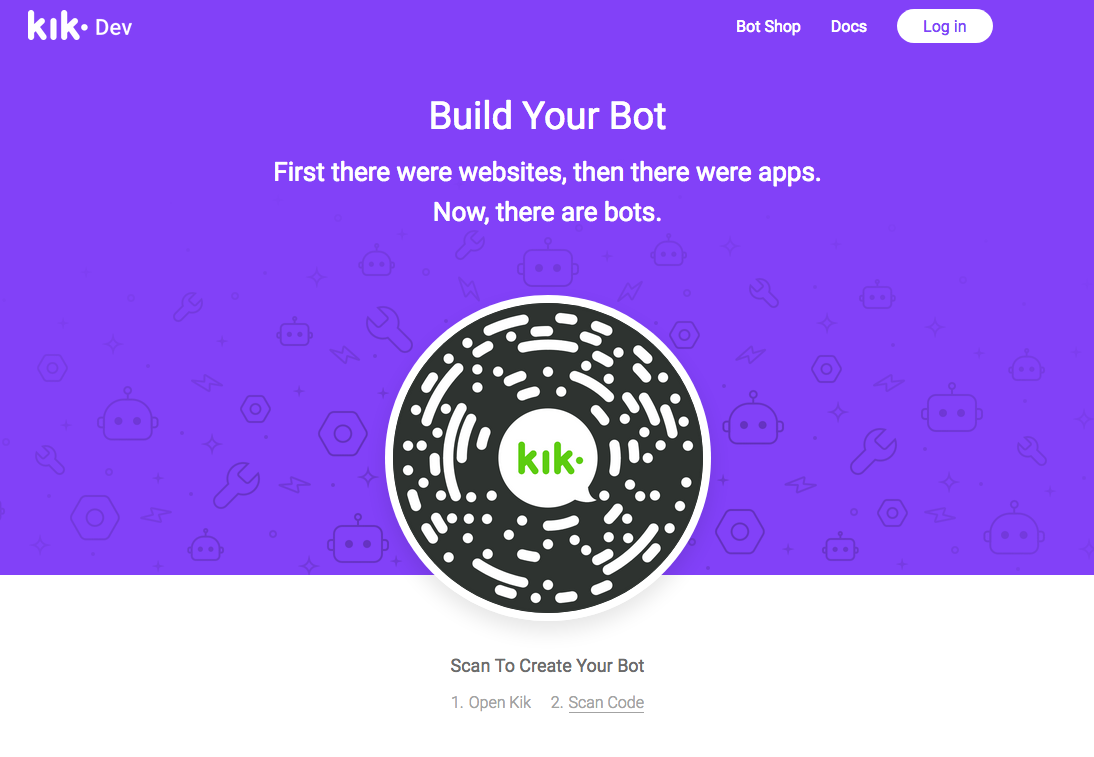
40% of U.S. teens use Kik, so it especially makes sense to launch your bot on their app if teens are a key buyer group. For example, the makeup company Sephora uses Kik for one of their chatbots.
Need a refresher? Here’s everything you need to know about Kik’s Bot Dashboard.
- Coding skills: Intermediate to advanced
- Price: Free
- Bot mediums: Kik
Chatfuel
Chatfuel is a platform to create chatbots for Facebook Messenger. You don’t need any coding skills to build a bot with Chatfuel as the platform has a drag-and-drop editor — in fact, Chatfuel claims you can build and launch a bot in under 7 minutes with their platform. Their service is free to use at its basic level, or users can opt to pay $30 per month for their Pro plan.
[Source]
Need a refresher? Here’s everything you need to know about Chatfuel’s bot-building platform.
- Coding skills: None
- Price: Free to a paid $30 monthly plan
- Bot mediums: Facebook Messenger
Motion.ai
Motion.AI is a platform to build bots for several mediums: your online site, Facebook Messenger, Slack, an email-based bot, and an SMS-based bot. You don’t need any programming skills to build a bot with Motion.AI as the platform uses a visual approach of creating conversation flows instead of coding. The platform is free with basic features, followed by usage-based subscription pricing.
[Source]
There is a temporary pause on new Motion.AI signups as the company was recently acquired by HubSpot. New signups are expected to reopen soon once Motion.AI has finalized their new features with HubSpot.
Need a refresher? Here’s everything you need to know about Motion.AI’s bot-building platform.
- Coding skills: None
- Price: Free to paid plans
- Bot mediums: website, Facebook Messenger, Slack, email-based bots, SMS-based bots
How Do I Measure My Bot’s ROI?
It’s not enough to build and launch a chatbot — buyers won’t chat with your bot if it’s not helpful or engaging. Roughly 40% of users will stop chatting with a bot after the first message, and 25% will stop chatting after the second.
To ensure that your bot is actually benefiting your buyers and driving sales, you have to measure its activity with chatbot analytics. This data includes basic metrics that indicate your bot’s helpfulness, like engagement and retention rates, as well as advanced metrics to measure sales conversions.
You can begin collecting analytics on your bot by either using analytics tools offered in some of the bot-building platforms, or you can tie your bot to an outside bot analytics platform.
Bot-Building Platform Analytics
Here are a few resources on checking your bot’s analytics from the other bot-building platforms mentioned in the last section (with the exception of Kik, which doesn’t offer their own bot analytics).
- Facebook Messenger Platform’s guide on collecting analytics for your Messenger bot.
- Chatfuel’s guide on tracking your chatbot’s performance with Chatfuel Analytics.
- Motion.AI has a Reports section in their dashboard to show your chatbot analytics.
These platforms offer basic metrics, like tracking your bot’s conversations amount and total users, to identify and understand your bot’s level of reach and engagement with users.
Outside Platform Analytics
For advanced metrics, consider using a third-party analytics service to integrate with your bot. These providers are solely focused on analytics, so they can track a ton of deep insights on your bot. They’re also useful for analyzing bots across multiple mediums.
Here are a few third-party analytics services to consider:
- Chatbase: Google’s chatbot analytics platform Chatbase shows basic metrics, like active users and conversations, as well as advanced metrics, such as a Funnels report to indicate conversions.
If your bot is able to facilitate orders, this Funnels report is especially useful as a way to track bot-driven sales.
Chatbase is free to use, and it can integrate with any chatbot platform, such as Facebook Messenger and Kik, as well as voice assistants, like Amazon Alexa and Google Assistant.
- Dashbot: This analytics provider supports chatbots on Facebook Messenger, Kik, Slack, and Twitter, as well as voice assistants Amazon Alexa and Google Assistant. Dashbot offers a free plan with an analytics report covering engagement, user demographics, retention, and more. It also offers bot transcripts to analyze individual conversations.
The paid plan of $100 per month offers additional reporting to analyze competitors’ bots, such as comparing user counts and message counts of other bots. These market metrics are recalculated daily.
- Taplytics: Instead of solely focusing on bots, this analytics provider focuses on entire web and mobile user experiences.
Its comprehensive reporting is useful for understanding your bot if you’re planning on embedding it into your online store or app, rather than just launching it on a messaging app. Taplytics can track the engagement rate of users with your bot in different locations of your site and app. With these insights, you can determine which placement creates the most personal and useful shopping experience on your app and online store.
- Botanalytics: This analytics service supports 13 chatbot platforms and assistants, including Facebook Messenger, Kik, and Twitter. It takes a deep dive on basic metrics by identifying the best re-engagement times for users and the most commonly used conversation phrases.
Botanalytics also allows you to measure the conversion rates of conversation goals you’ve set. For example, you can measure your bot’s purchasing completion rates. The service offers a free plan with limited reporting, a $99/month plan with conversion funnel and conversation segmentation reporting, and a $349/month plan with customized reporting.
It’s Just the Beginning for Bots
Talking to a robot sounds foreign, cold, and impersonal. And yet, chatbots have made many brands more human and approachable to buyers. These bots are personal in remembering customers’ preferences and are convenient as a 24/7 service. As long as companies are upfront about bots being technology and not actual people, this technology is a surprisingly intimate and useful way to communicate with buyers.
There aren’t clear, established “best bot practices” since the technology is so new. It’s up to you as a merchant to figure out how your company’s chatbot can easily reach and serve your key customers. Figure out which chat platforms your buyers use most frequently, and track your bot analytics to understand how the technology can better serve your customers. The more you gear your bot towards your buyers, the more surprised you’ll be at your bot’s human-like, personal customer service.
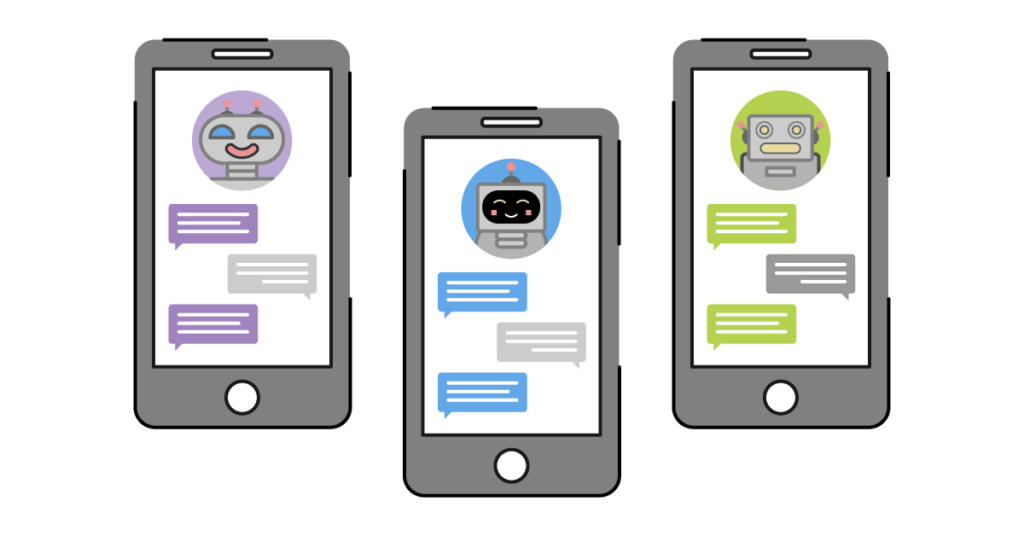
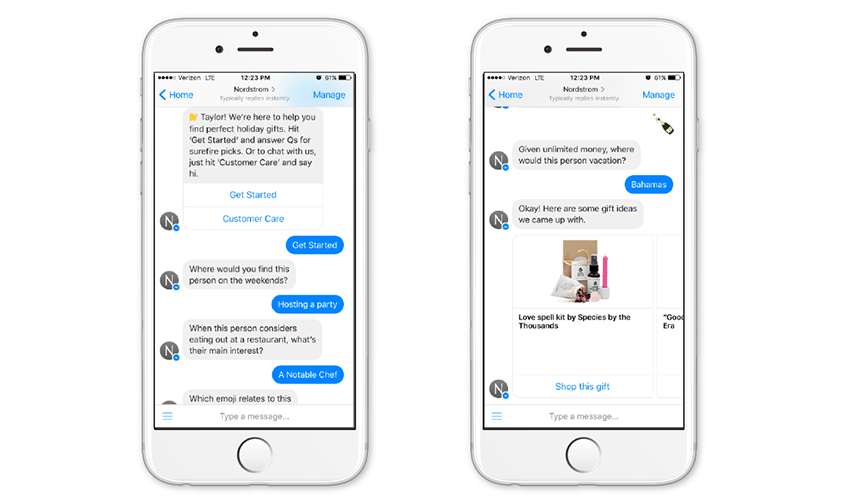
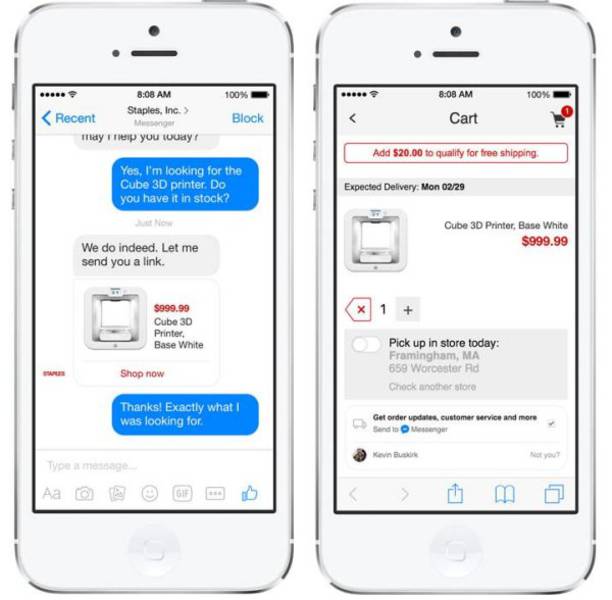
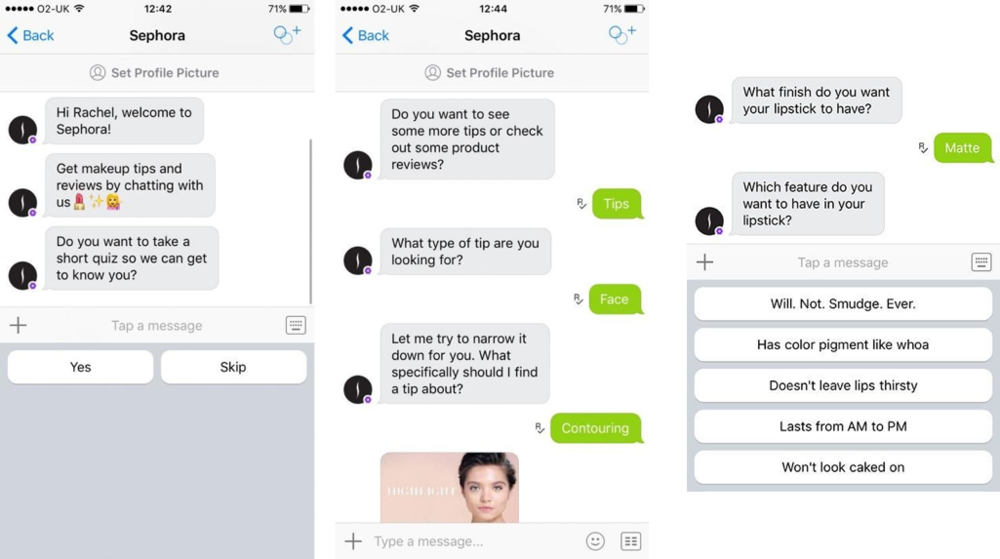
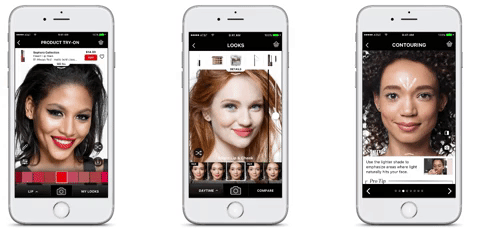

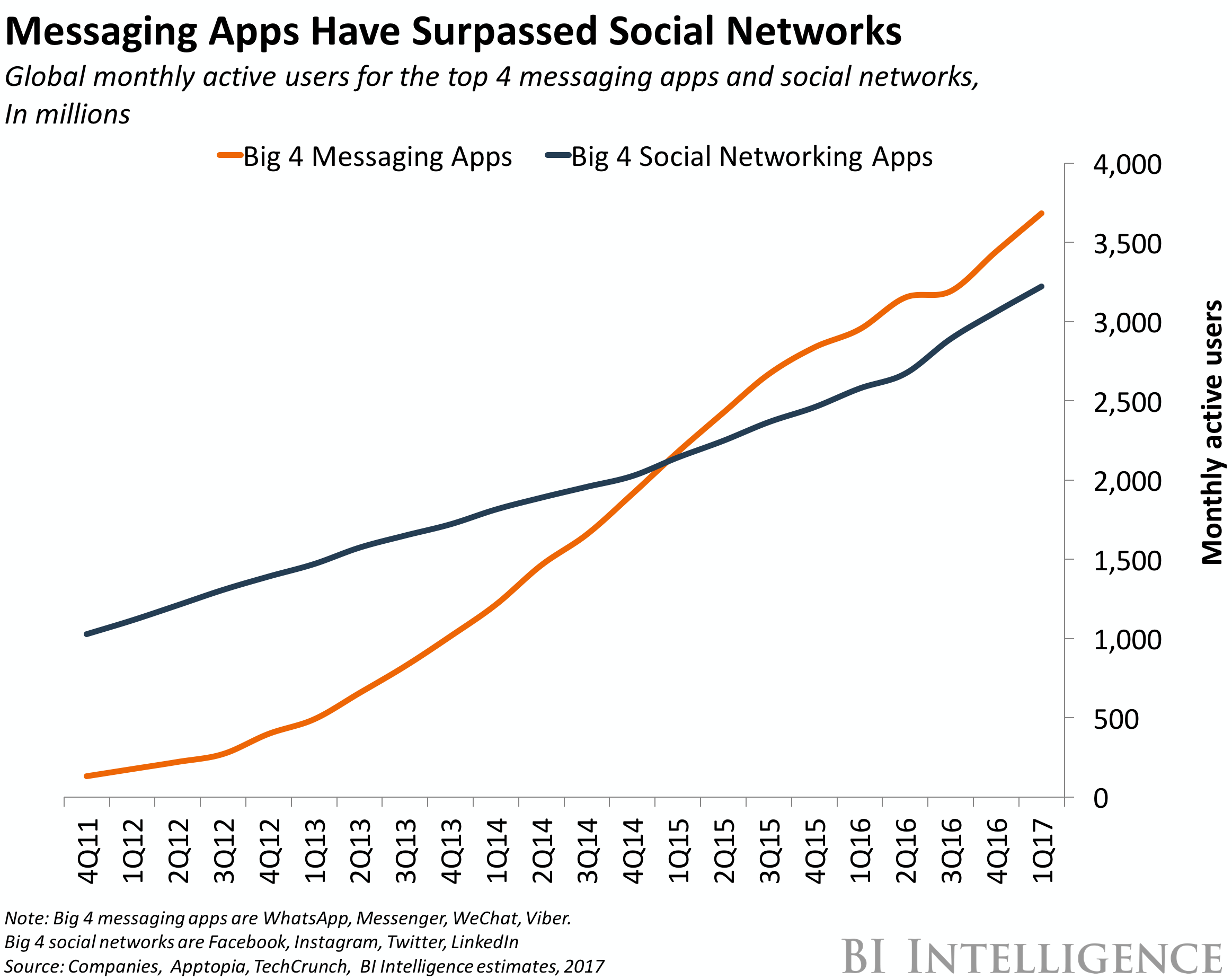

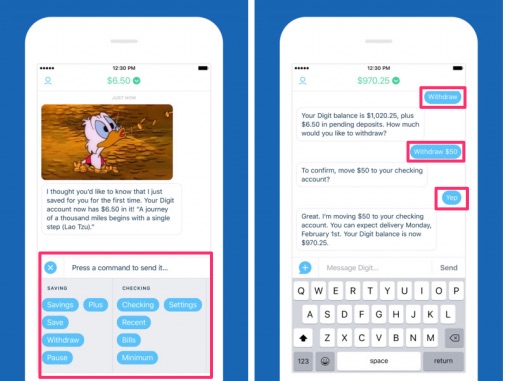
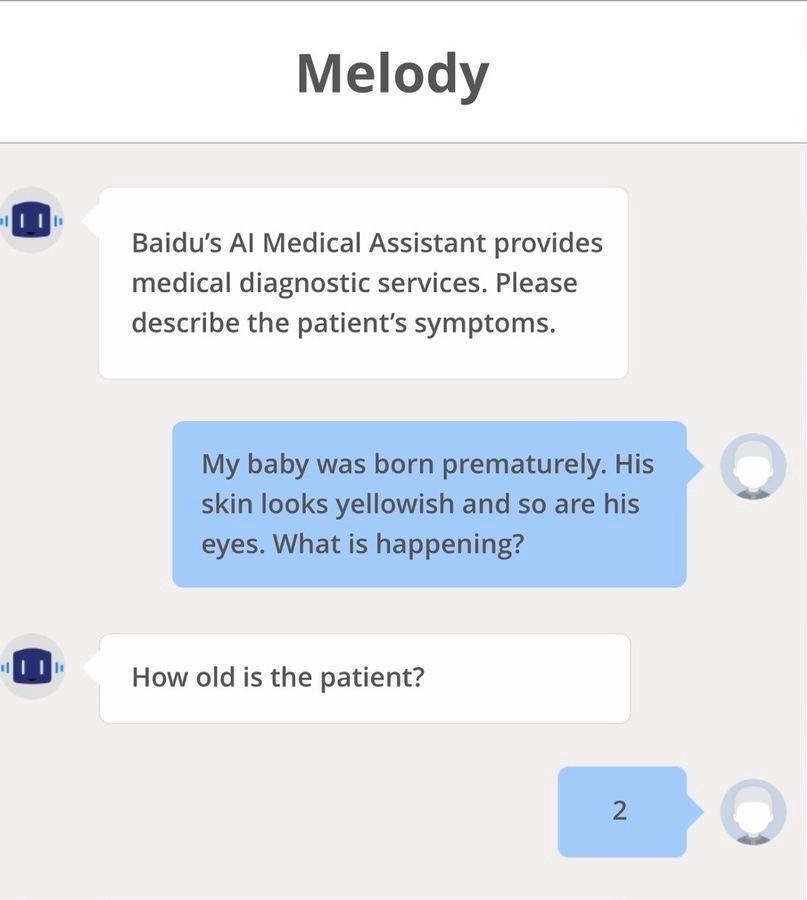
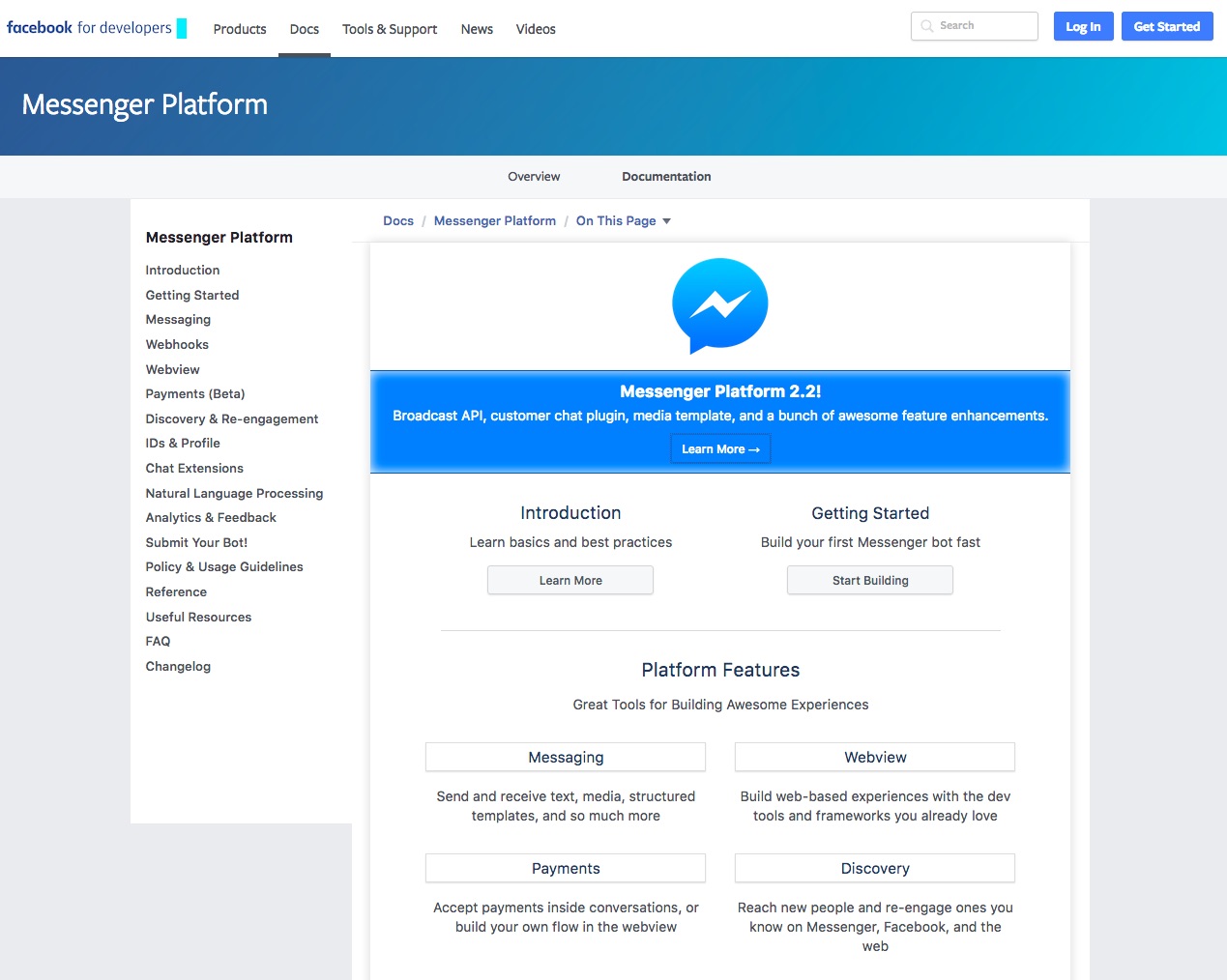
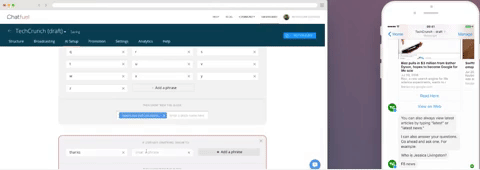
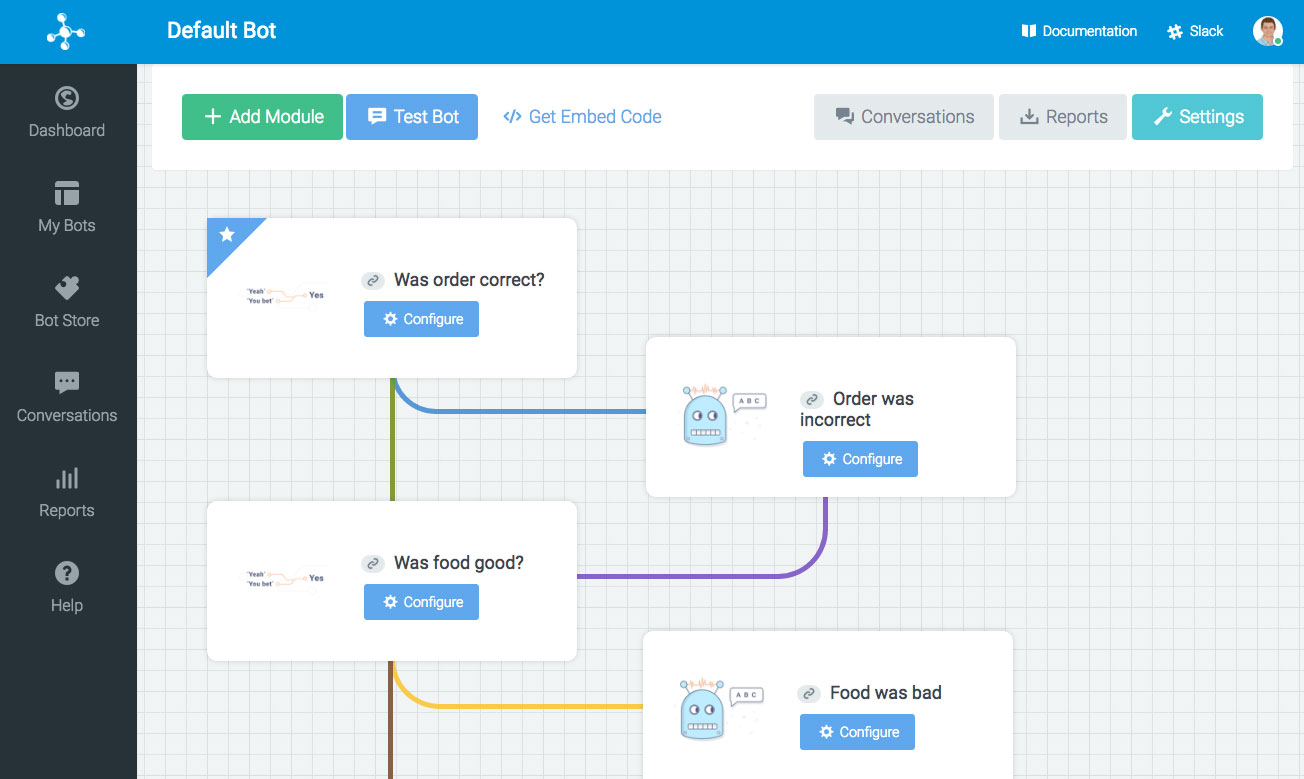

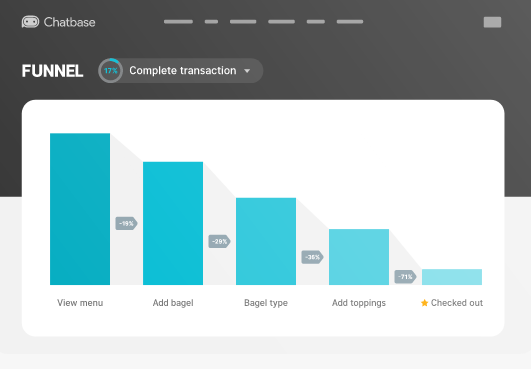
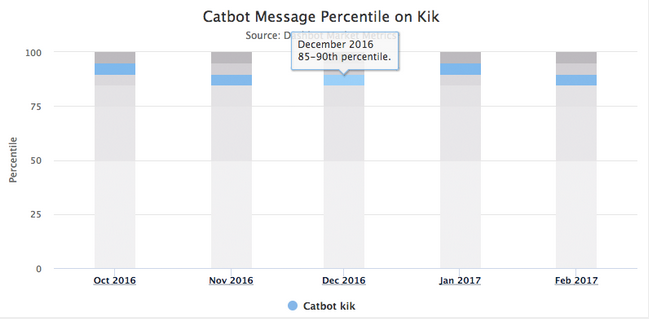
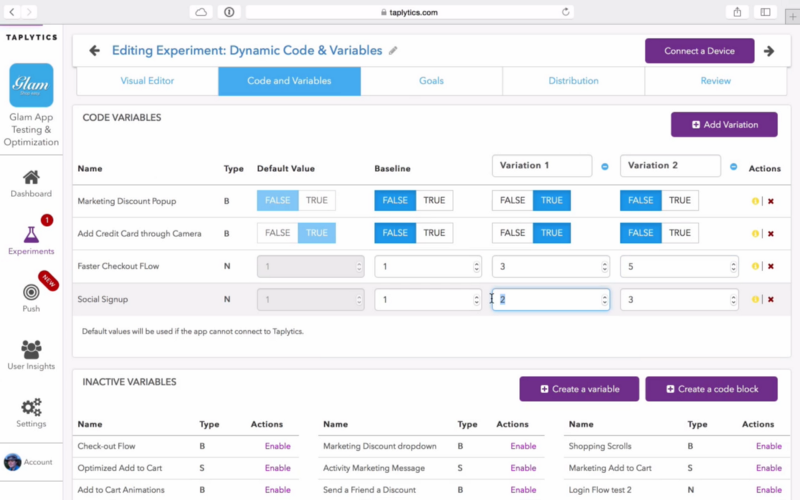


1 thought on “Everything You Need to Know About Chatbots in Ecommerce”
Pingback: NEWS ROUNDUP – FEBRUARY 13, 2018 - Innovate Pasadena - Innovate Pasadena